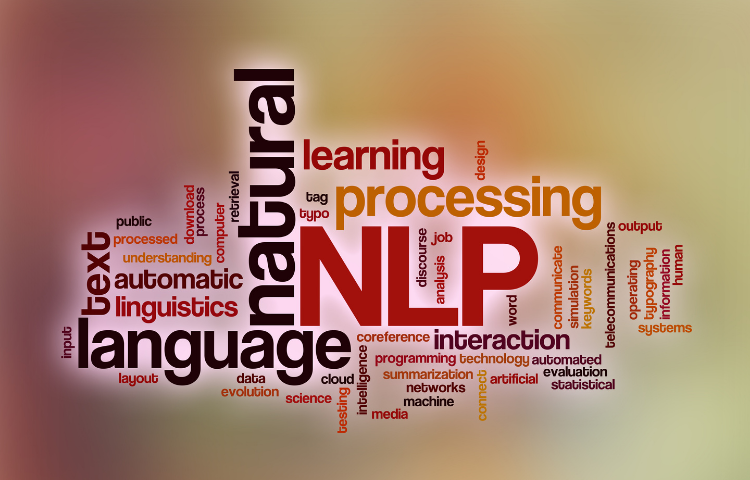

Prefer to listen instead? Here’s the podcast version of this article.
Computers were invented to interact with humans. These machines have always functioned by receiving commands from a user and performing a task accordingly. In the past, those tasks were relayed through code, or in the case of the earliest computers back in the 1970s, a punch card. But times change, and as technology advances, so too does the means by which we communicate with the technology. That’s where Natural Language Processing comes into play.
Natural Language Processing, or NLP, allows computer programs to understand spoken or written language. It is an advancement in the field of artificial intelligence.
The main issue surrounding the inability of humans and computers to interact seamlessly was a language barrier. Machines do not speak the same language as us. They understand binary code, which is a series of millions of ones and zeroes that instruct a computer in completing their tasks. Systems have been set up where, with the press of a button or the click of a mouse, computing language is relayed at the speed of light, allowing machines to understand our wishes.
That has all changed with the birth of NLP. We’ve all experienced advancements in this field. From Amazon’s Alexa, to Google Assistant, to Apple’s Siri, we now communicate with technology directly on an everyday basis.
“Alexa, order a new set of lightbulbs.”
“Ok Google, where is the best Chinese food near me?”
“Hey Siri, what song is this?”
Through the advancement of NLP, we’re always just a sentence away from the information and actions that we want. But how does NLP work? What other uses does it have? What advantages can we expect to see from this technology in years to come?
NLP currently works through a process called deep learning. Deep learning has the artificial intelligence look at data patterns to deepen its understanding of language. Huge amounts of labeled data are inputted to help the system identify relevant correlations. Language is broken down into shorter elemental pieces in order to teach the machine to understand their relationships and how they work together. By doing this, the computer can ascertain the meaning behind a sentence.
Some of these data pieces include:
Deep learning represents a more fluid and intuitive approach to learning. By understanding the intention of the users, computers are able to learn language in the same way a child would. A human toddler listens to language, ascertains its meaning, and relays it back through a series of trial and error until fluency is achieved. NLP works in the same way, only in a much faster way.
Does NLP have a higher purpose beyond just telling you the movie times or reading off Yelp reviews? Of course, it does.
Search is the main function of NLP right now. We use many of the services mentioned above to find the information that we need. Whether that’s some arbitrary fact you and a friend are arguing over or a piece of information you need for a research project, searching via voice is far easier and more effective than manually inputting information.
When you ask your phone a question the machine is able to isolate the most important elements of your query. That’s why voice searches are usually so fast.
NLP can also be used to digitize hard copy information, making it easy to analyze and search for. Whereas previously, a human operator would have to manually input all of the information, telling the computer what it all means and how to file it, NLP allows the system to understand the text on its own and file it accordingly.
Using the sentiment analysis discussed in the last section, businesses could have a better understanding of how their customers feel about their product or service. Computer systems can analyze large amounts of online comments and reviews to determine whether a business is succeeding or failing in the public eye.
Natural Language Processing is the future of technology. We’ve already come so far since the creation of the first virtual assistant programs. Many of us entrust artificial intelligence with vital tasks like keeping track of our schedules. As we continue to deepen and enrich artificial intelligence programs, we can be sure that NLP will have a strong place in our daily lives for years to come.
WEBINAR